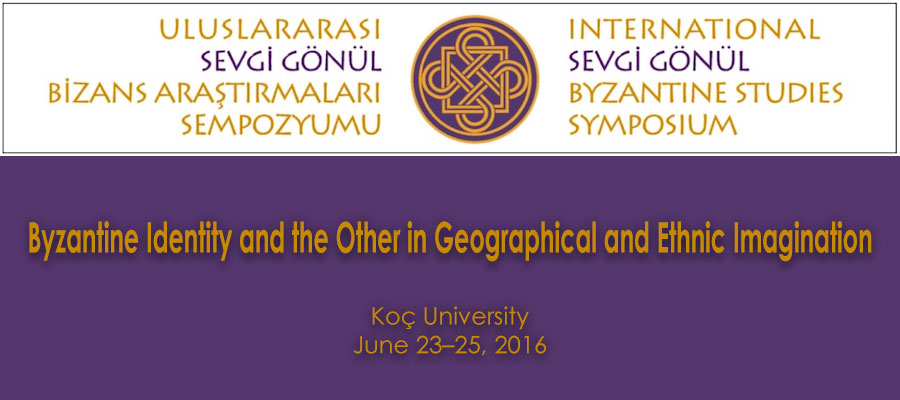Byzantine Identity and the Other in Geographical and Ethnic Imagination, Fourth International Sevgi Gönül Byzantine Studies Symposium, Koç University, June 23–25, 2016
Byzantine representation of the cultures outside the Byzantine world had a particular geographical and ethnic aspect that contributed not only to the perception of the non-Byzantine, but also to the construction of the Byzantine self-image.
Byzantine portrayal of these cultures beyond the borders of the Empire was informed by geographic and ethnic elements including climate, flora, language and a certain way of life, which in turn entered into a complex relationship with the history, religious traditions and political state of these cultures as perceived by Byzantines. Examination of the Byzantine encounter with the geographically and ethnically other -from the fairly familiar to the exotic, and from the internal other to the external one- provides clues on how Byzantines related to their own environment spatially and how they differentiated themselves from their neighbors.
The Fourth International Sevgi Gönül Byzantine Studies Symposium will explore in written, artistic and material evidence this complex relationship between geography, ethnicity and other factors contributing to the formation of the image of the other, and discover how Byzantines talked about themselves while talking about the others.
